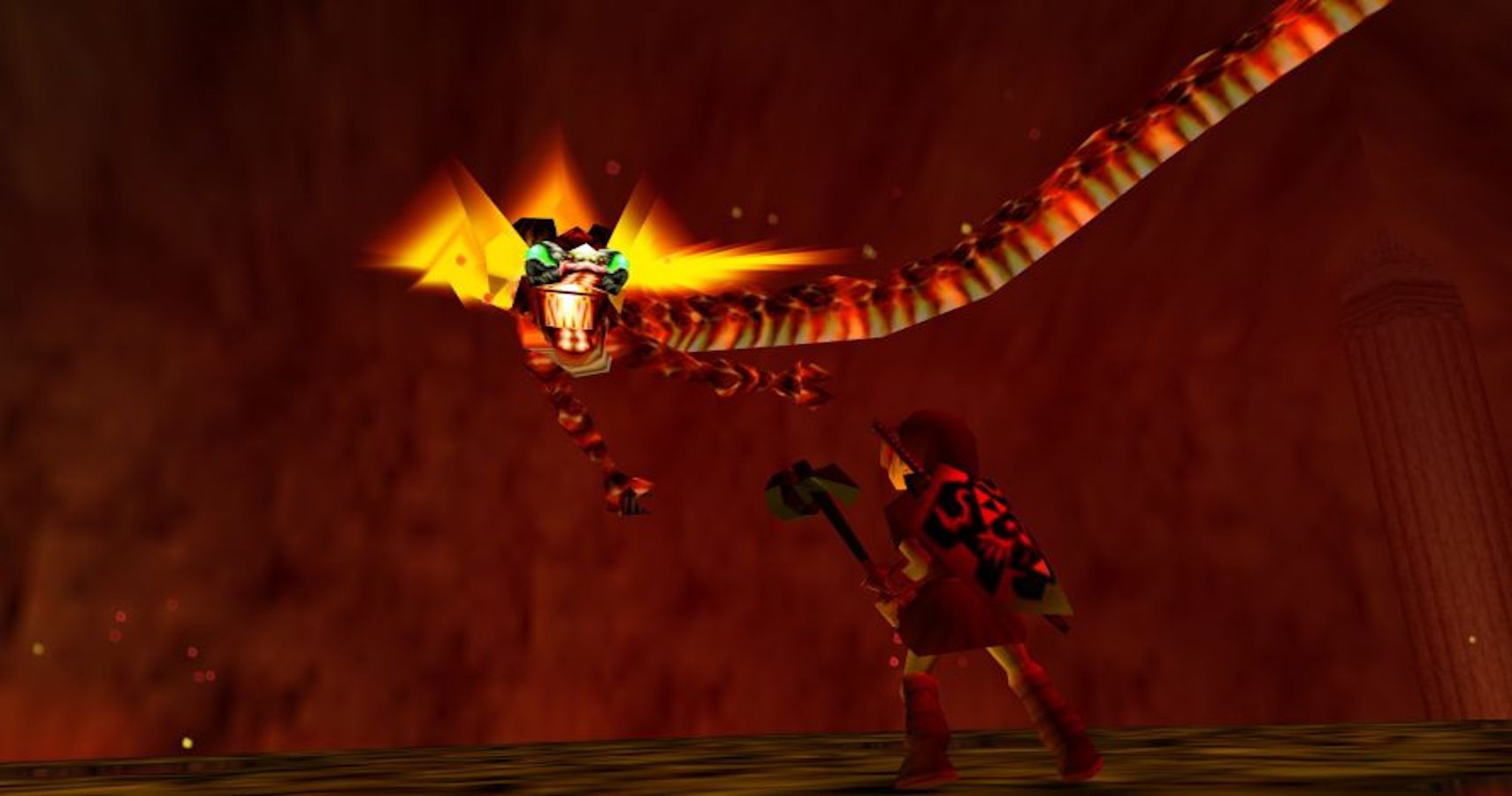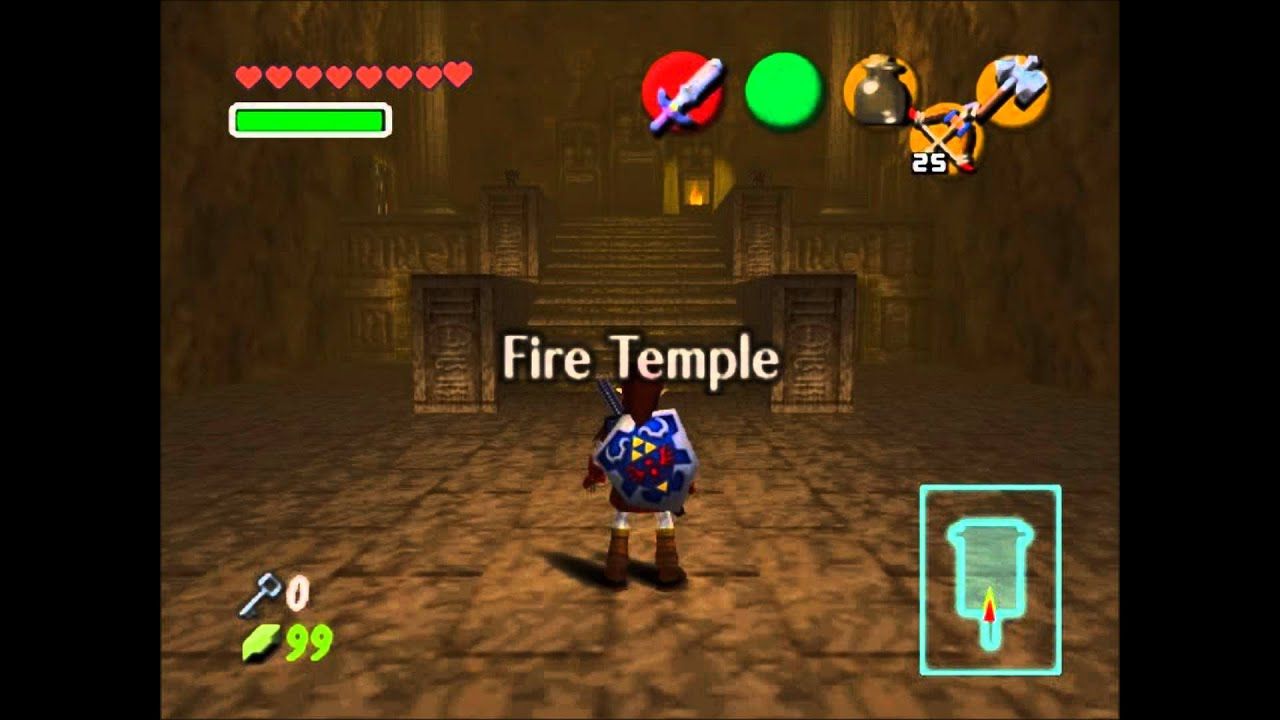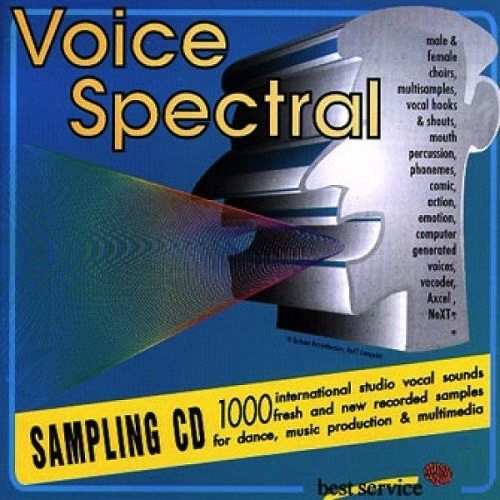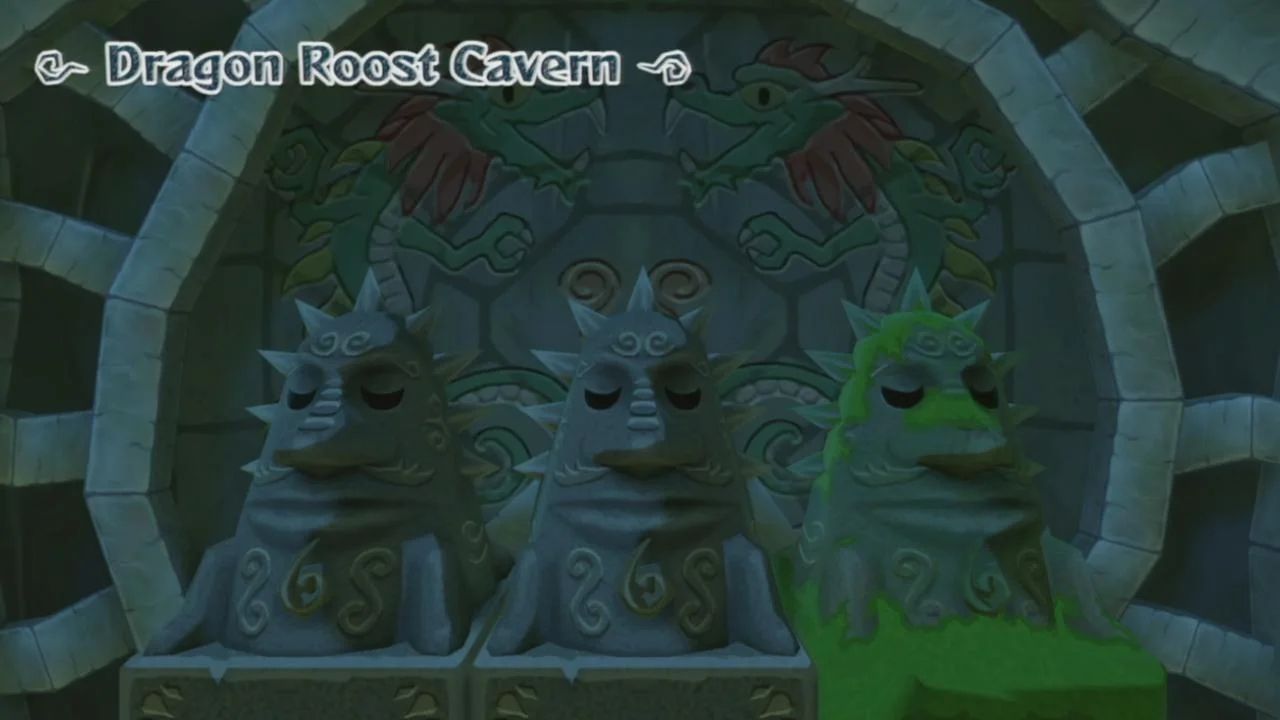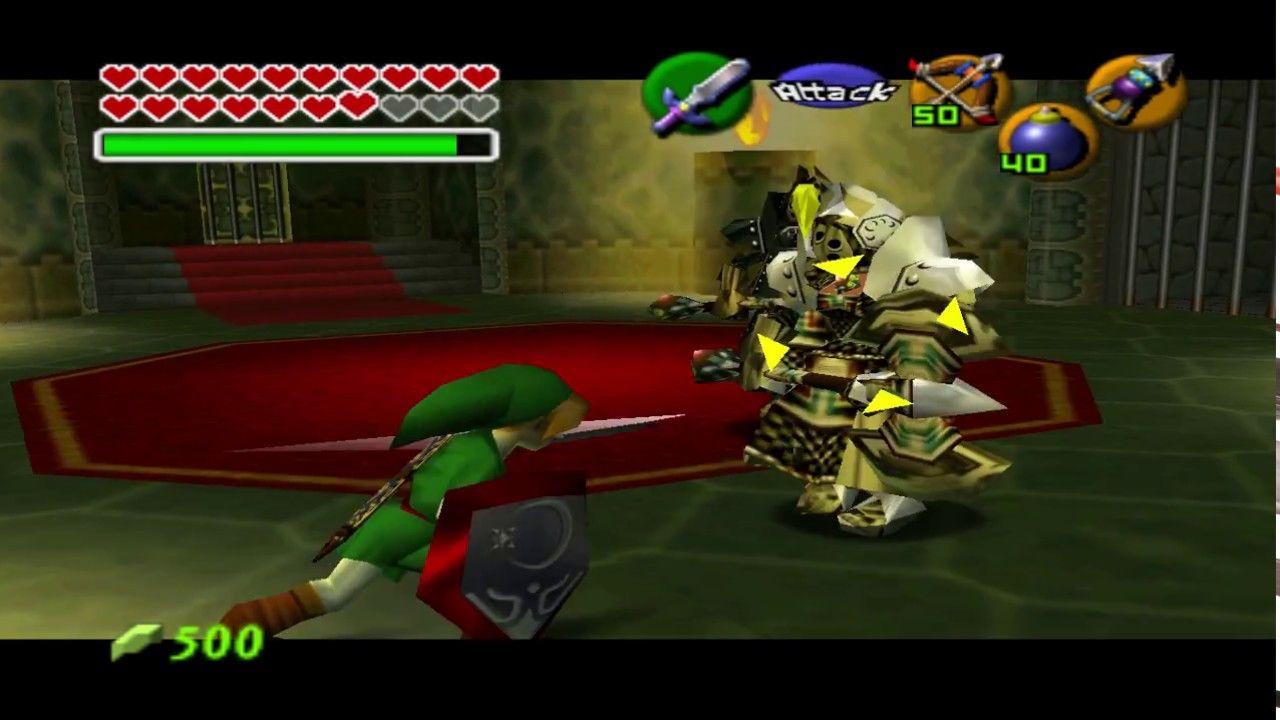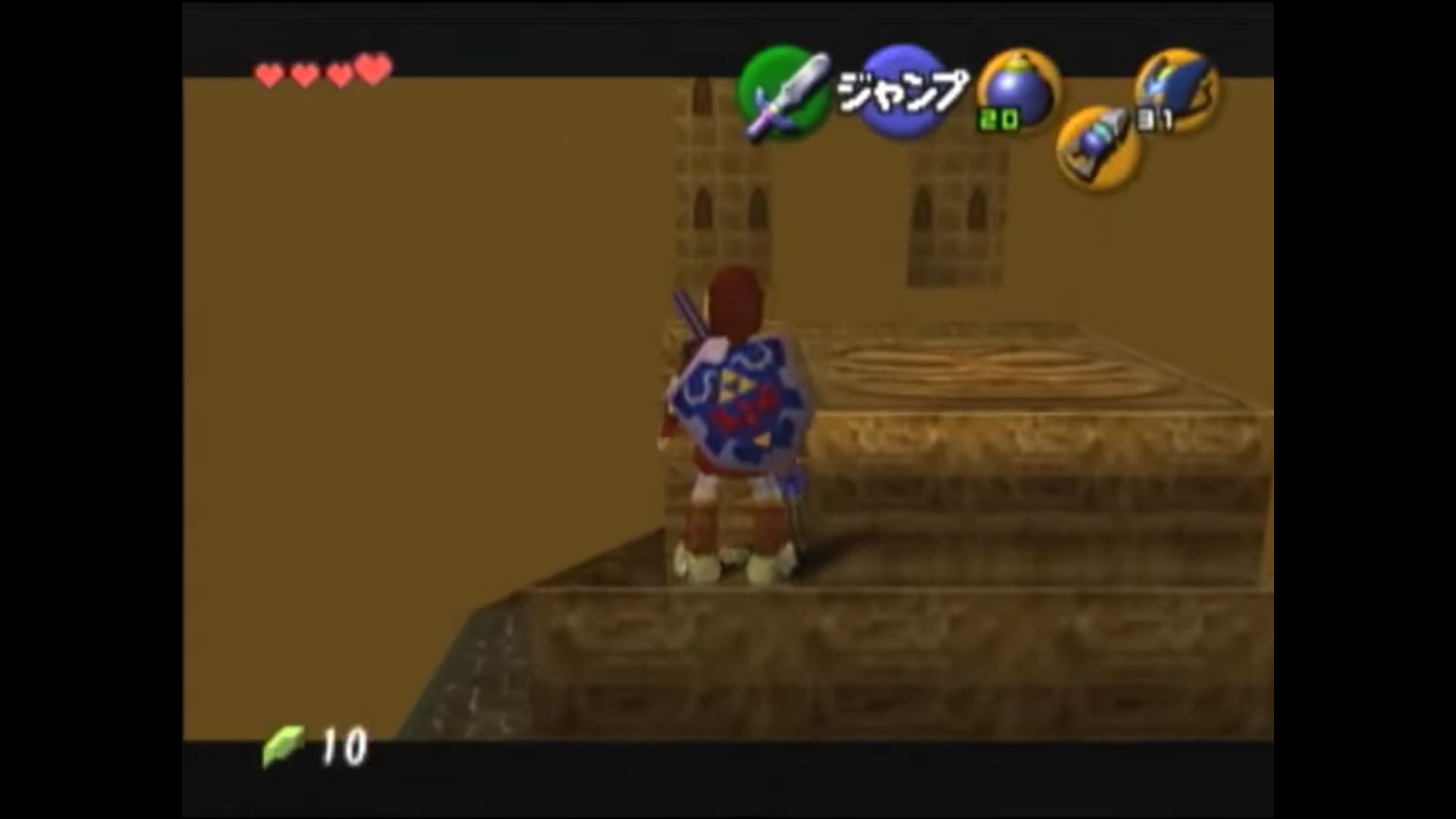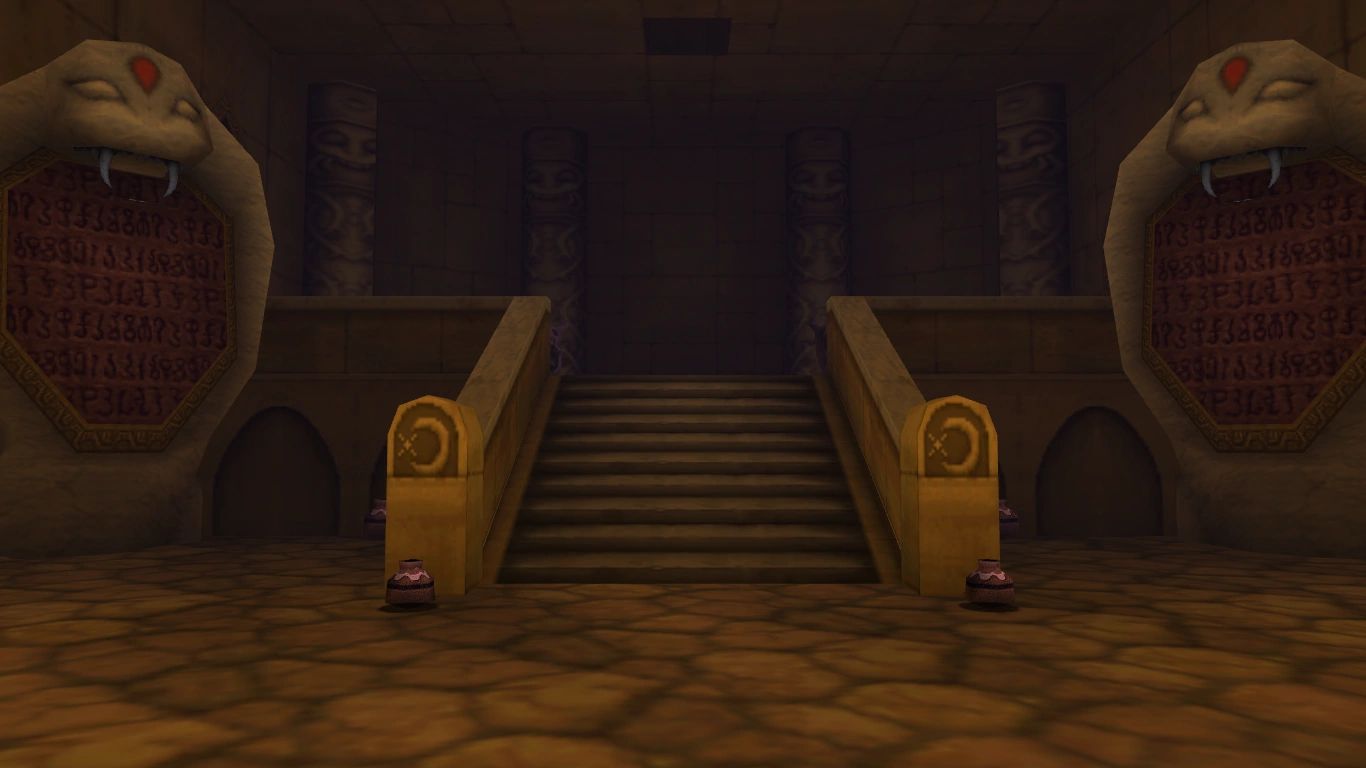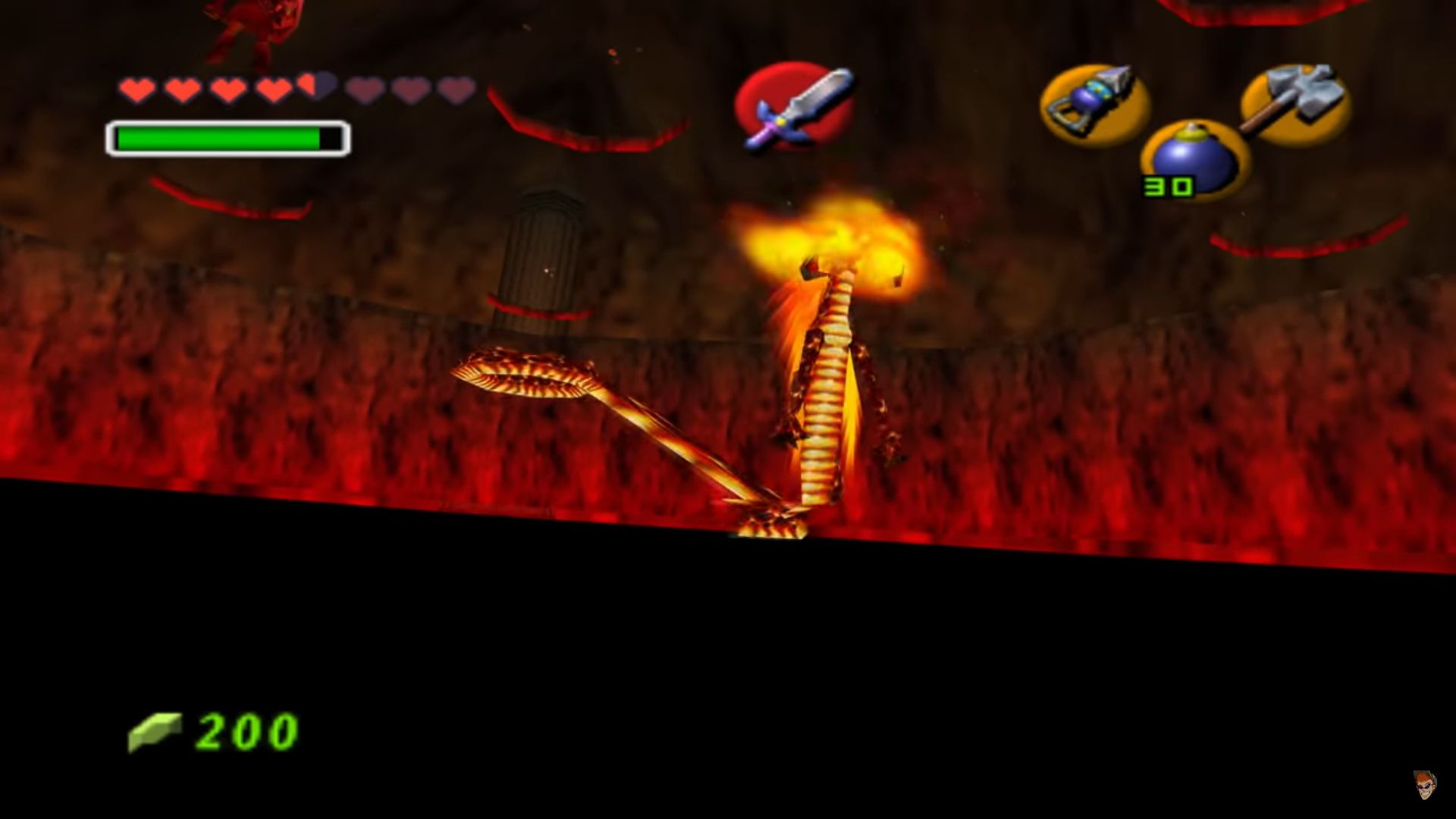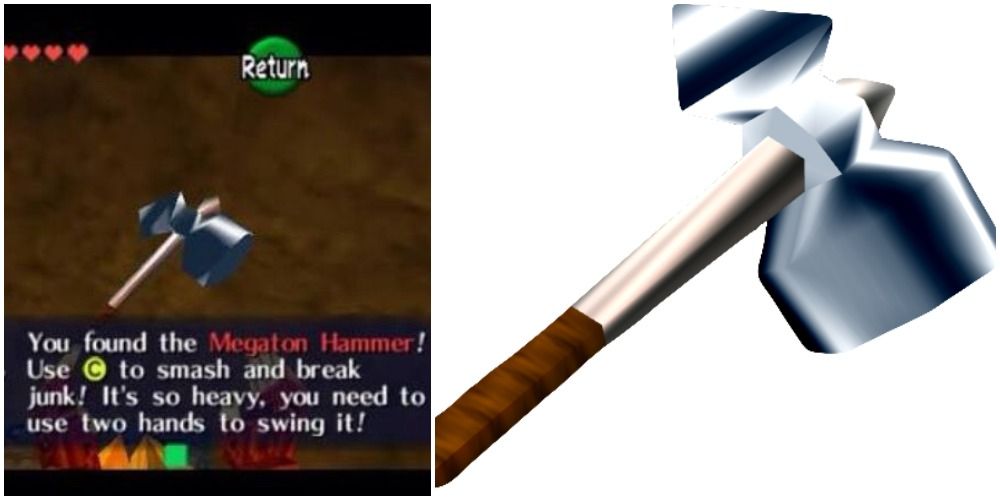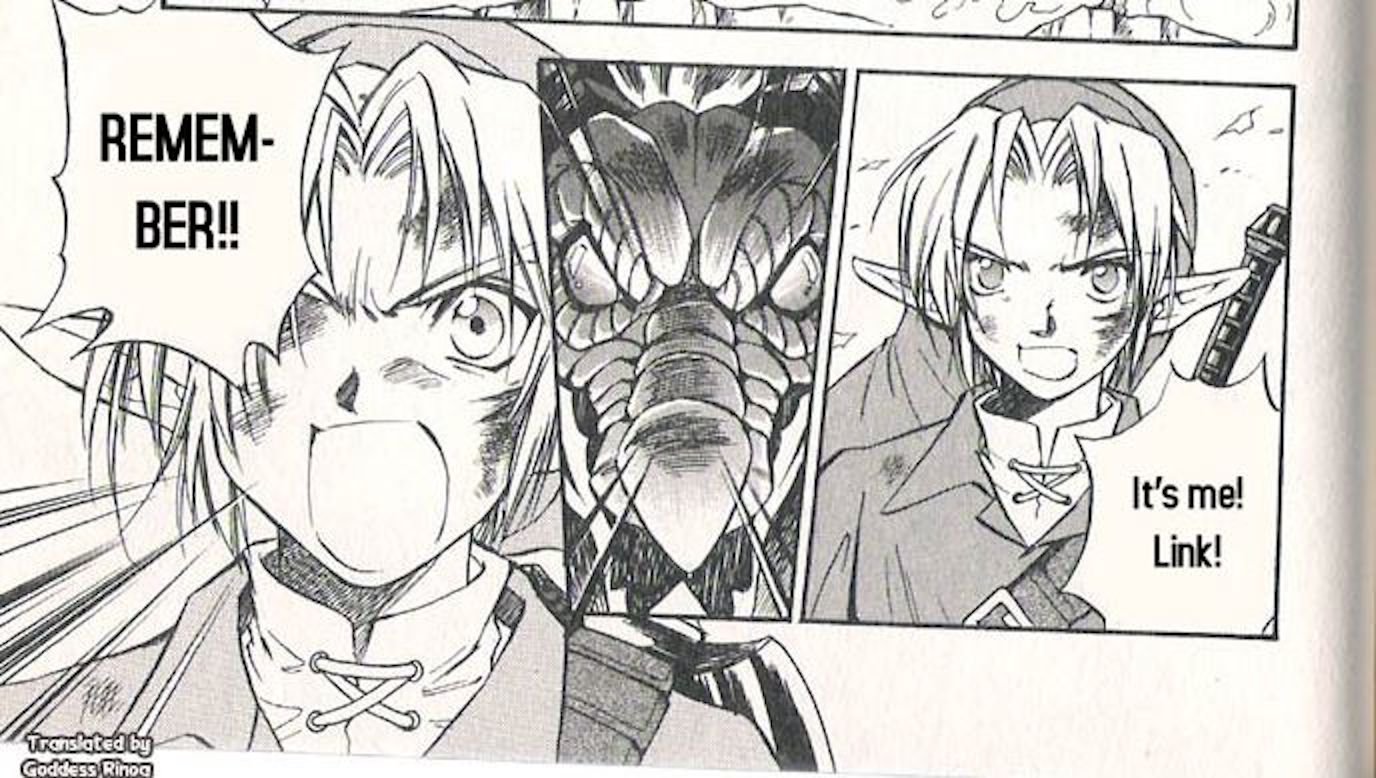After besting Phantom Ganon in the mansion ruins of the Forest Temple, Link is drawn to Death Mountain once again to save the Gorons and restore peace to the region. This is the fifth temple featured in Ocarina of Time, filled with fire, lava, Gorons to free, and even more fire.
While this dungeon may seem a bit bland at first when looking at the same-y walls, simpler puzzles, and an overabundance of the color red, there are quite a few secrets to uncover hidden within this treacherous, volcanic sanctuary.
10 Musical Misconceptions
One of the biggest sources of controversy in Ocarina of Time, or even the entirety of the Zelda series is pretty well-known by this point, and it surrounds the origins of the background music featured in the first versions of the game.
While it added quite the atmosphere to the Fire Temple, the theme used a stock track of Islamic chanting that was believed to have been taken out due to controversy. Although, it was later discovered that the version of Ocarina of Time that had this track removed was finalized before either version released, meaning that Nintendo themselves made this decision.
9 Stock Sound Samples
Nintendo 64 games, and a lot of games in general, use many different sound clips taken from a stock sampling CD such as Voice Spectral, which is used in both Super Mario 64 and Ocarina of Time.
Series composer Koji Kondo used a few different samples CDs while working on Ocarina of Time, as he used a completely different one for the track in the Forest Temple. The Islamic prayer used in the original Fire Temple theme is taken from 76th track in this CD, where a 30-second sample is played on a loop.
8 Temple Timelines
The Hyrule Historia released alongside Skyward Sword finally gave us a canonical timeline to apply to every mainline Zelda game, even if it really doesn't make sense a lot of the time. It's still fun to look at, however, and there's a lot more clarity to be seen when playing games like Wind Waker or Twilight Princess, which followed hot on the trail of Ocarina of Time.
Dragon Roost Cavern is likely the remnants of Death Mountain and the Fire Temple that remained after the great flooding of Hyrule, and this is backed up further by the presence of both Valoo, who has a name similar to Volvagia, and paintings in the cavern that seem to depict the legendary dragon.
7 Killer Knuckle
Ocarina of Time Master Quest is a remixed version of the original game that features much more difficult dungeons with altered puzzles and enemy encounters. The Fire Temple is no different, and it really raises the heat when compared to the Forest Temple.
Not only are the puzzles much more difficult this time around, but it also serves as the first introduction to the Iron Knuckle enemy, where they would otherwise not be encountered until the Spirit Temple. These are easily the best and toughest enemies in the entire game, and it's great to see a lot more of them in this harder version.
6 Speedrunning Skips
Zelda is an extremely popular franchise among speedrunners, and Zelda games will often be the highlights of events like AGDQ. Ocarina of Time is one of the most popular games in the series for speedrunning, and the Fire Temple is one of the quickest sections of the game.
While it is also pretty difficult to pull off a lot of the skips available here, they allow the ability to go straight from the boss room to the last areas of the dungeon, acquire the Megaton Hammer early, or clip through the floor and fall right into the boss room.
5 Religious Iconography
The original music wasn't the only part of Ocarina of Time that was changed before later releases, as the original Gerudo symbol bore a striking resemblance to one seen in Islamic culture. This wasn't just featured in Gerudo Valley, however, as it appears on various blocks throughout the entire game.
This applies to the Fire Temple as well, adding even more fuel to the controversial fire surrounding this temple. But, as we learned from the music, the decision to cut this was done by Nintendo beforehand.
4 Subterranean Secrets
Game developers are often quite sneaky when it comes to hiding the less attractive pieces of gameplay in areas that players will never see, and this is especially true for Ocarina of Time's boss fights, which were extremely complex at the time.
Taking the camera under the floor when Volvagia descends into the lava shows that the developers coiled Volvagia's body into a tight circle, and it unravels as it emerges from the depths.
3 Megaton Madness
Hammers have been a part of Link's arsenal since Zelda II: The Adventure of Link on the NES, and they've continued to be a staple of the series for many console generations. The Megaton Hammer obtained in the Fire Temple in Ocarina of Time is definitely the most popular version, however.
Its first appearance outside of its origin game was in Soul Calibur II as a powerful unlockable weapon for Link. It also appears in Hyrule Warriors as one of Darunia's weapons.
2 Darunia Disregards Doors
We've seen from Volvagia that developers use clever tricks to make gameplay look as seamless as possible, but simple tricks can have just as authentic of an effect. When entering the boss room for the first time, a short cutscene with Darunia will play where he will then proceed to enter the boss room and lock the door behind him.
The camera is framed from Darunia's position for this part, so all that is ever heard is the sound of the door opening and closing. Using the camera to go out of bounds shows that Darunia's model simply slides into the wall while the door sound effects play, giving the illusion that he enters and closes the door.
1 Regretful Reunion
Most of Ocarina of Time's story doesn't include any character building when it comes to our main hero, Link, as he is an infamously silent protagonist, especially so in Ocarina. The manga artist duo Akira Himekawa have created a manga series for a hefty portion of the mainline games, and Ocarina of Time was the first of these.
Since Link is no longer silent and a lot more character interaction is shown, we have the opportunity to see a side story involving Child Link and Volvagia. This dragon was actually a pet that Link bought in Hyrule Castle Town, but Link is regrettably forced to strike her down after being controlled by Ganondorf seven years later.

